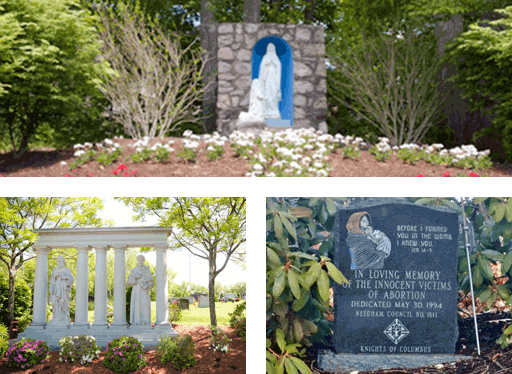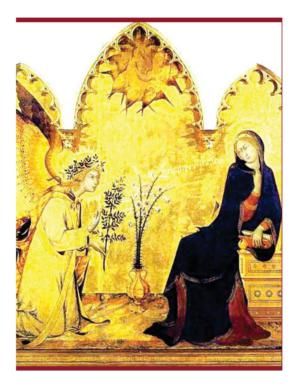Mary Immaculate of Lourdes Church
A two-form Roman Catholic parish of the Archdiocese of Boston
270 ELLIOT STREET • NEWTON, MA 02464 • 617-244-0558
Consecrated by Cardinal William Henry O'Connell, Thanksgiving Day, 1910 A.D.
+ December is the month of the Immaculate Conception +
Christmas & Epiphany Mass Times
CHRISTMAS EVE, Wednesday, Dec. 24th:
4:00pm (Novus Ordo)
7:00 PM (Chaldean-Rite)
12 Midnight (Traditional Latin) MIDNIGHT MASS
CHRISTMAS DAY, Thursday, Dec. 25th:
7:30 & 9:00am (Novus Ordo)
11:00am (Traditional Latin)
(NO 5:30pm Mass on Christmas Day)
OCTAVE DAY OF CHRISTMAS, Thursday, Jan. 1st:
7:30 & 9:00am (Novus Ordo)
11:00am
(Traditional Latin)
SUNDAY, Jan. 4th, THE EPIPHANY OF OUR LORD (Sunday observance):
4:00pm (Sat. Jan. 6th)
7:30 & 9:00am (Novus Ordo)
FEAST OF THE HOLY NAME OF JESUS:
11:00am & 5:30pm (Traditional Latin)
THE EPIPHANY OF OUR LORD, Tuesday, Jan 6th:
7:30pm
(Traditional Latin)

Mass, Adoration and Confession Times:
Sunday Mass Schedule:
Novus Ordo:
4:00pm
(Saturday Vigil), 7:30, 9:00am
Traditional Latin:
11:00am & 5:30pm
Weekday Mass Schedule:
Novus Ordo:
Mon, Tues, Thurs, Fri 7:30am.
Traditional Latin:
Mon, Wed, Fri 12:30pm; Thurs 5:30pm, Sat 9:00am
Eucharistic Adoration:
Fri: 6:30-7:30am, 11:30am-12:30pm
Sat: 8:00-9:00am
Confession Schedule:
Sun: 10:00-11:00am, 5:00-5:30pm
Mon, Wed, Fri: 12:00-12:30pm
Thurs: 5:00-5:30pm
Sat: 8:00-9am,
3:30-4:00pm
Continuing Catechesis:
Book Study Series with
Fr. Stephen LeBlanc
"Theology for Beginners" by F.J. Sheed
Day: 1st Tuesday of each month
Time: 7:00 - 8:00pm
Location: Lower Church
All are welcome, including seekers and candidates for any of the Sacraments. For questions contact Fr. LeBlanc at 617-244-0558, Ext. 109.
To purchase on Amazon - Click here
Next meeting: Tuesday, January 13, 2026
Please read pages 90-119 to prepare
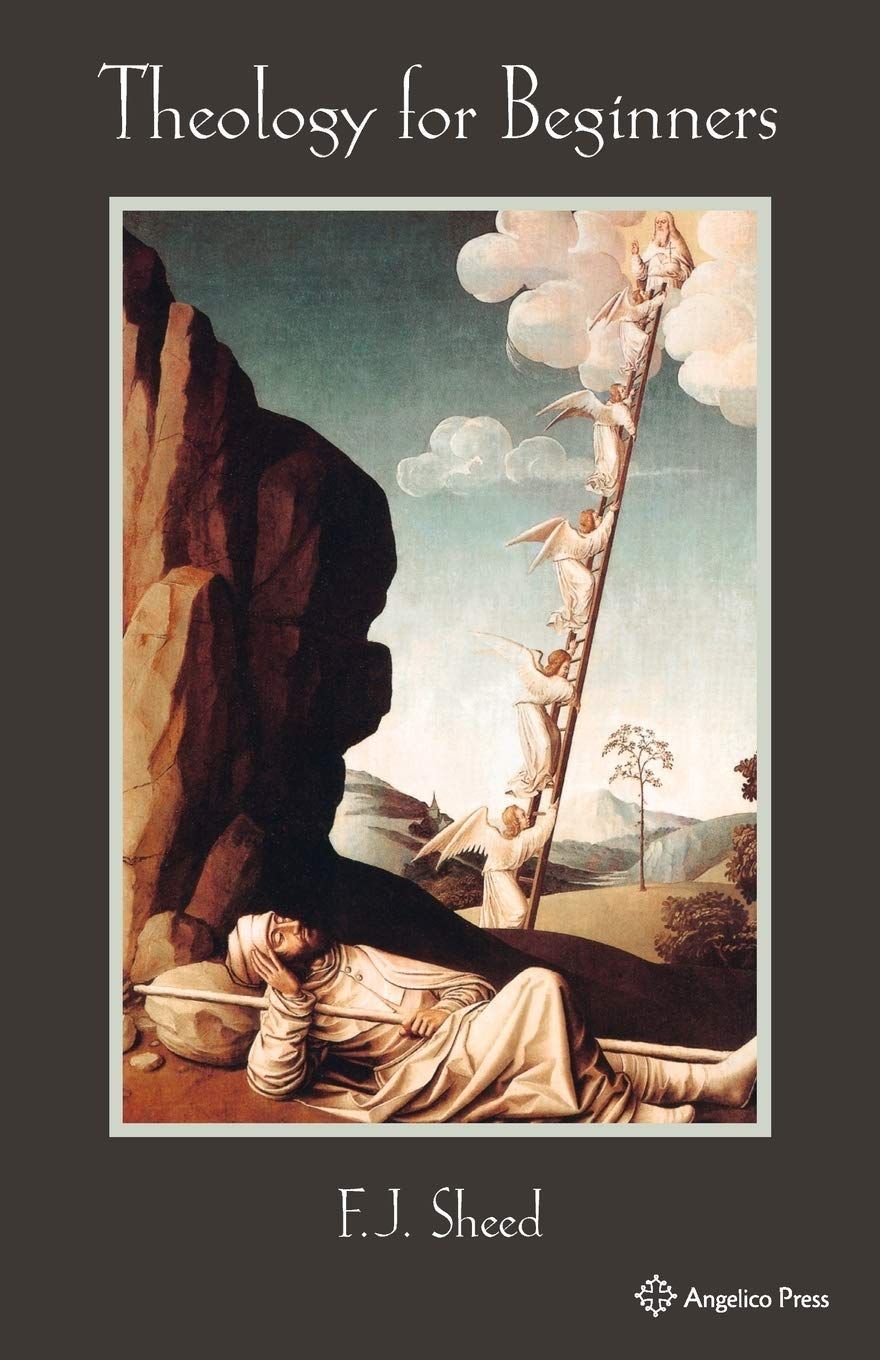
Welcome
Welcome to our Parish, a canonically open parish of the Archdiocese of Boston. Both the ordinary form of the Roman Rite (1970 Missal) and the extraordinary form (1962 Missal) are celebrated here with the blessing of His Eminence Sean Cardinal O'Malley, Archbishop of Boston. We are always glad to welcome Sunday visitors to our beautiful, historic church.
We invite you to
register
with us.

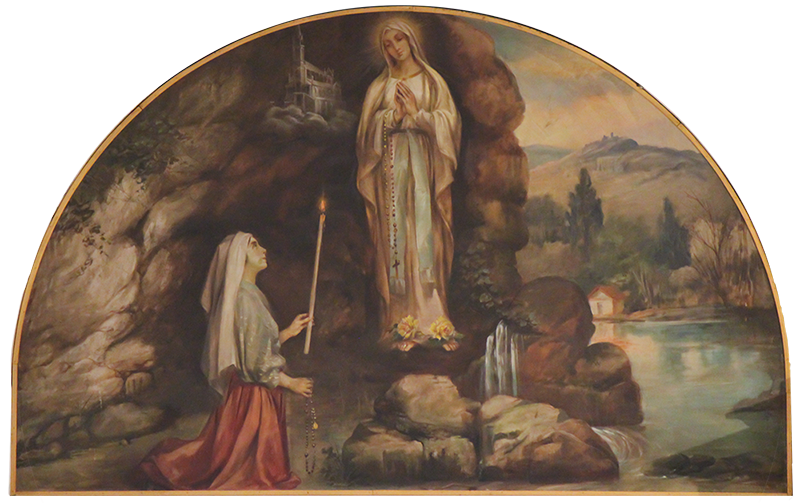
The Miracle of Lourdes
Beginning on February 11th, 1858, the Blessed Virgin Mary appeared to Bernadette Soubirous in the grotto of a large rock outside the town of Lourdes, France. All in all there were 18 distinct apparitions, the last one occurring on July 16th of that same year.
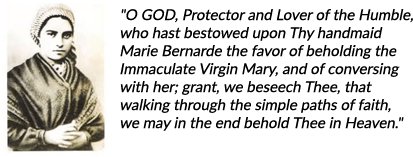
In the News: "60 Minutes" recently featured a report on the miracles at Lourdes, viewable here.
Saint Mary's Cemetery
Located at:
1 Wellesley Ave., Needham Heights, MA 02494
The Cemetery Office is located at the parish rectory on:
270 Elliot St., Newton Upper Falls
and is open Monday - Friday, 8:30am - 3:30pm
Telephone: 781-235-1841
New cemetery space available as of March 2025, contact office for info.
For directions, services, and information about the cemetery click below:
